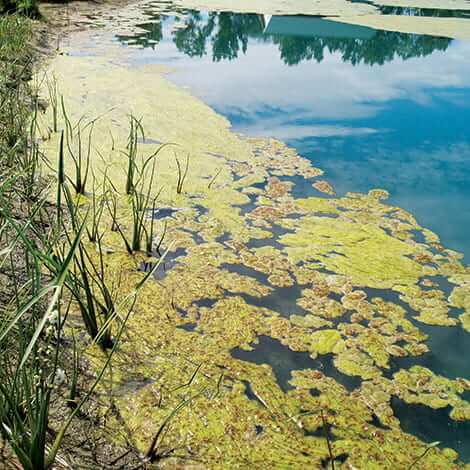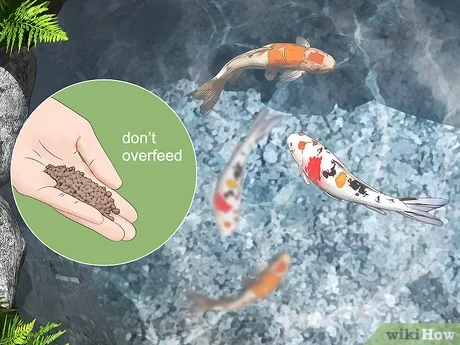Dealing with seaweed in a pond can be a common issue for many pond owners. Excessive seaweed growth not only looks unsightly but can also disrupt the balance of the pond ecosystem. Fortunately, there are several effective methods to get rid of seaweed in a pond and prevent it from coming back.
1. Manual Removal
One of the simplest ways to control seaweed in a pond is by manually removing it. You can use a rake or a pond skimmer to scoop out the seaweed from the surface of the water. This method is effective for removing visible seaweed but may not tackle the root of the problem.
2. Installing a Pond Aerator
Poor water circulation and low oxygen levels can contribute to seaweed growth in a pond. Installing a pond aerator can help improve water quality by increasing oxygen levels and promoting beneficial bacteria growth. This, in turn, can help control seaweed growth naturally.
3. Adding Beneficial Bacteria
Introducing beneficial bacteria to the pond can help break down organic matter and reduce nutrient levels that seaweed thrives on. These bacteria can help restore the natural balance of the pond and prevent excess seaweed growth.
4. Using Algaecides
Algaecides are chemical treatments that can be effective in controlling seaweed growth in a pond. However, it is important to use algaecides according to the manufacturer’s instructions and to be cautious of potential harm to other aquatic life in the pond.

Credit: splashsupplyco.com
5. Installing a UV Clarifier
A UV clarifier can help control seaweed by using ultraviolet light to kill algae and prevent its growth. This can be a useful tool for maintaining water clarity and reducing seaweed in a pond.
6. Implementing Shade Structures
Excessive sunlight can promote seaweed growth in a pond. Implementing shade structures such as floating plants or umbrellas can help reduce the amount of sunlight reaching the water, thereby inhibiting seaweed growth.
7. Regular Pond Maintenance
Consistent pond maintenance is key to preventing seaweed overgrowth. Regularly clean the pond, remove debris, and monitor water quality parameters to ensure a healthy pond environment that is less conducive to seaweed growth.
8. Utilizing Barley Straw
Barley straw is a natural and eco-friendly way to control seaweed in a pond. When barley straw decomposes in the water, it releases compounds that inhibit seaweed growth. Simply place barley straw bales in the pond to help keep seaweed at bay.
9. Adjusting Nutrient Levels
Seaweed thrives on nutrients like phosphorus and nitrogen. By reducing the nutrient levels in the pond through proper filtration, limiting fertilizer use near the pond, and controlling runoff, you can help prevent excess seaweed growth.

Credit: m.youtube.com
10. Seeking Professional Advice
If seaweed overgrowth in your pond persists despite your efforts, it may be beneficial to seek advice from a pond maintenance professional. They can assess the situation and recommend tailored solutions to effectively manage seaweed growth in your pond.
By implementing a combination of these methods and staying proactive in maintaining your pond, you can effectively get rid of seaweed and create a healthy and balanced aquatic environment for your pond ecosystem to thrive.


